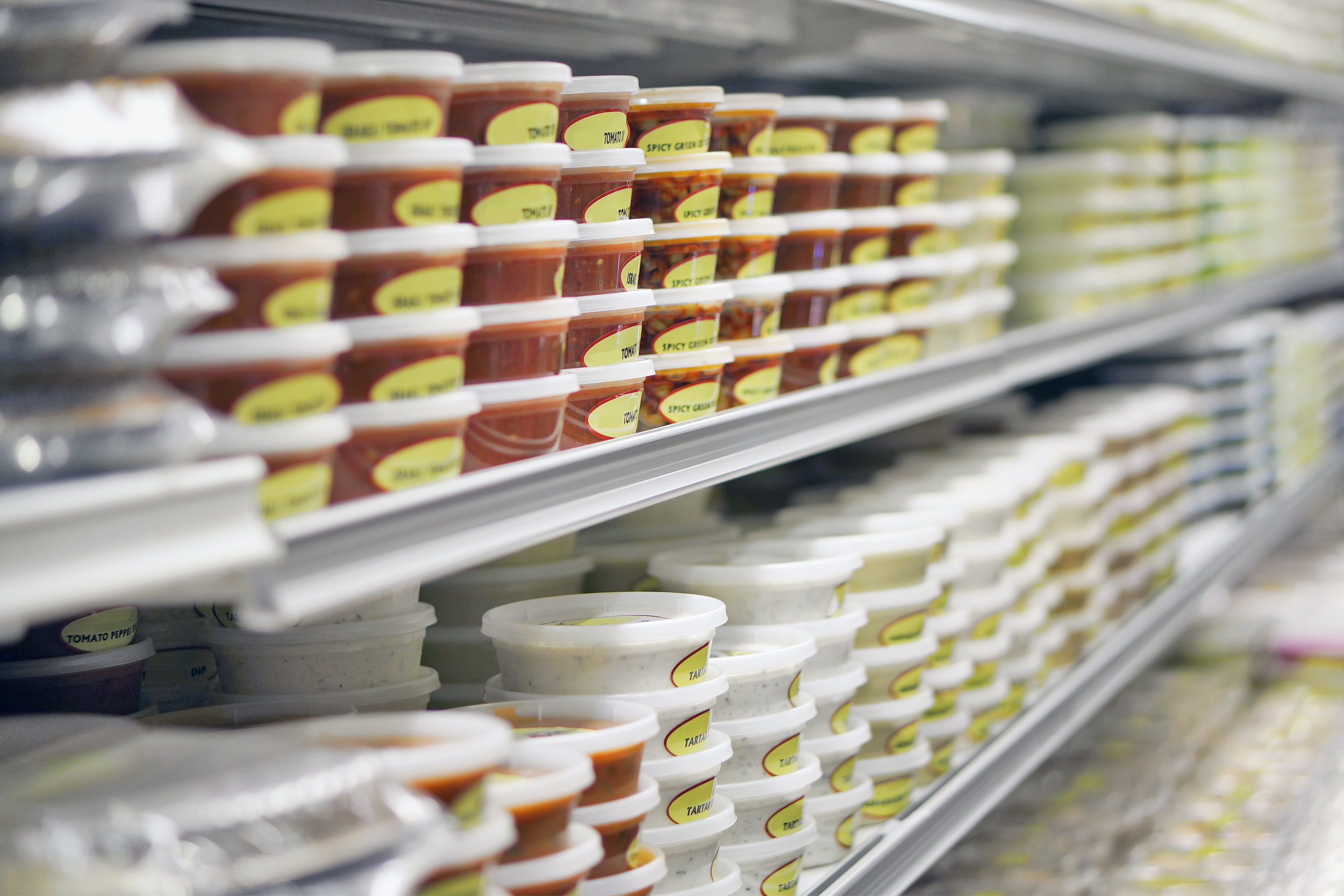
Bioactive Insights:
News from Third Wave
Deli Salad Month
As RFA members, Third Wave is proud to support and celebrate Deli Salad month during July!
Clean Label Conference Summary
For the second year in a row, Third Wave Bioactives was a sponsor, exhibitor, and attendee of the Global Food Forum’s Clean Label Conference outside of Chicago, IL. This year’s conference was well attended and provided ample opportunity to collaborate with food manufacturers and ingredient suppliers all looking to create or help provide clean label solutions.
Food Trends and Consumer Marketing
California was a buzz with food industry events last week. Between RFA (Refrigerated Foods Association), Southern California IFT Suppliers Night, and Natural Products Expo West; California was the place to be to see what is coming to the food space in the next year.
Third Wave Bio collaborated with University of Minnesota researchers on published work
Third Wave Bio President, Matt Hundt, helped University of MN researches analyze gut microbiota of two related fish. Read below for the abstract:
The Diet and Gut Microbial Communities of Two Closely Related Combtooth Blennies, Chasmodes saburrae and Scartella cristata
Food fermentation companies align to enhance the flavor and maintain the quality of fresh prepared foods
August 11, 2017 (Milwaukee, WI) — Third Wave Bioactives™, a research company specializing in microbial technology, today announced the formation of a strategic alliance with Biorigin, an ingredient company specializing in yeast, yeast extracts and other fermentation derived ingredients that enhance the natural taste, mouthfeel and umami of many foods.









